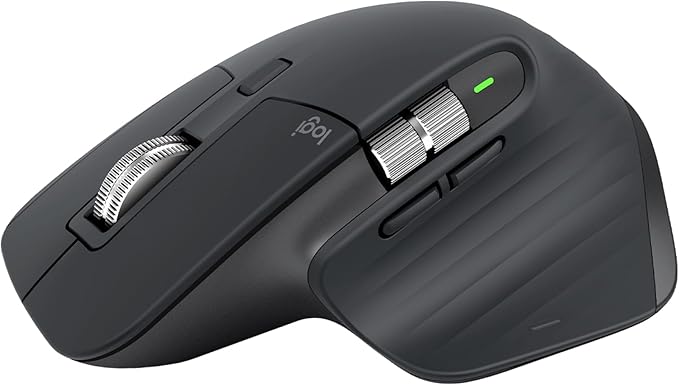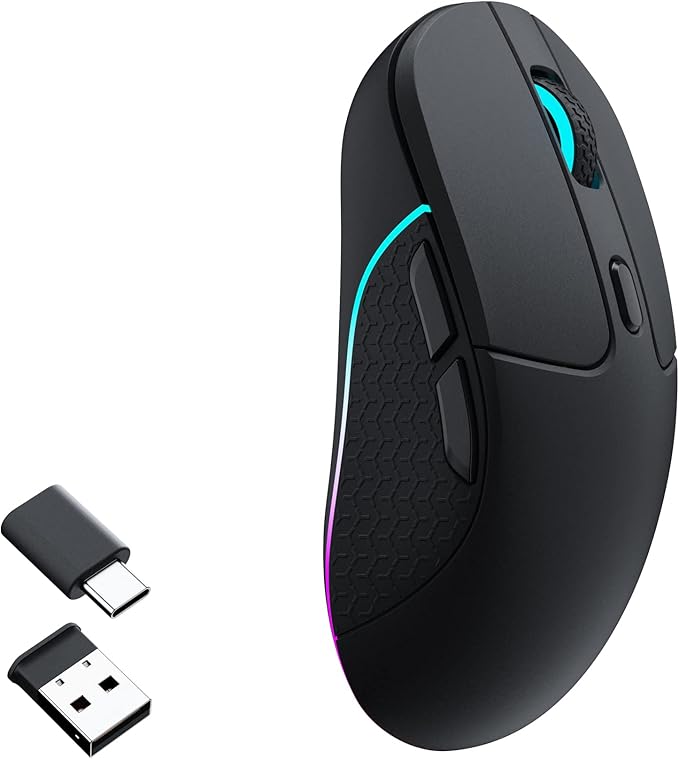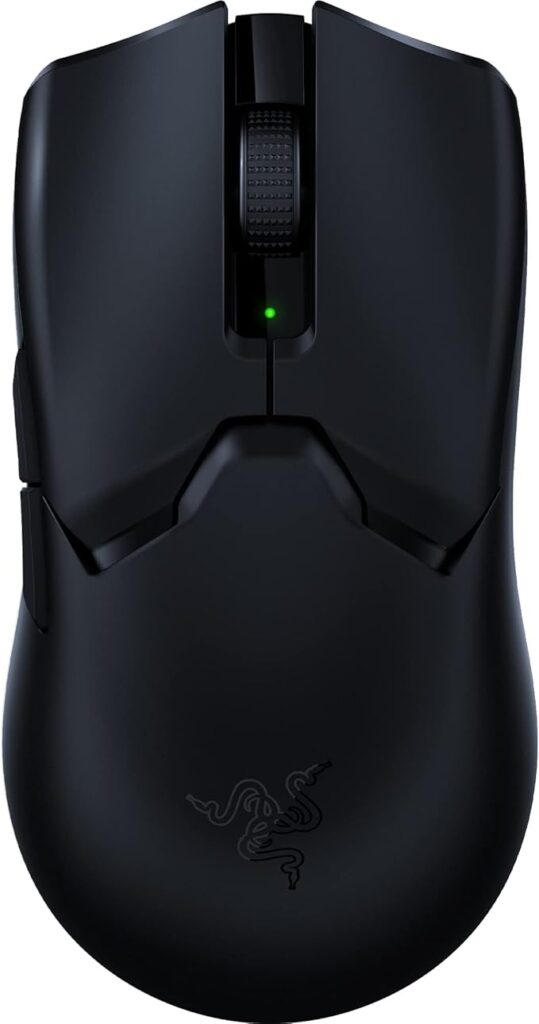Top Mice for Accuracy & Performance
MX Master S3

Keychron M3

Razer Viper V2 Pro

What Is the Mouse DPI Analyzer?
Our Mouse DPI Analyzer tool helps you measure the actual DPI of your mouse based on your movement. Whether your mouse software is missing or you just want to verify its accuracy, this tool provides a quick way to test it directly in your browser.
How to Use the Tool?
-
Adjust Your Display Settings
Set your screen zoom to 100% and use a ruler or marked surface for accurate results. This tool is most accurate on desktop but also works on mobile/tablet with touch input. -
Click and Drag
Click and hold the pointer on the tool’s draggable line and move your mouse exactly 1 inch (or the set distance). You can update this value if you want to test a longer swipe. -
Check the Results
The tool will instantly calculate and display your DPI based on the distance moved. If your mouse is set to 800 DPI, and you move 1 inch, the pointer should move roughly 800 pixels. -
Test Multiple Times
Try running the test a few times and take an average to get the most reliable reading. You can also use different distances for higher accuracy. -
Use the DPI History
The tool automatically logs your test history during the session, allowing you to track consistency or compare multiple devices.
Why Knowing Your DPI Matters?
-
Gaming: Fast-paced FPS games often require lower DPI for better aim accuracy, while RTS players might prefer higher DPI for quicker map navigation.
-
Designing/Editing: If you’re doing detailed work in Photoshop or editing tools, lower DPI helps you stay in control.
-
Everyday Use: Knowing your DPI can help you tune pointer speed for your specific screen size and workflow, especially if you use multiple monitors.
Bonus Tip: Match DPI With Windows Pointer Speed
To get the most accurate feel, set your Windows or macOS pointer speed to the default mid-point. This way, the DPI reading from your mouse reflects its actual performance without software scaling interfering.
Frequently Asked Questions (FAQs)
1. How do I find out my current DPI?
You can use our Mouse DPI Analyzer tool to estimate your DPI. Some mice also come with dedicated software or buttons that display or adjust DPI settings.
2. Is higher DPI always better?
Not necessarily. While higher DPI offers faster cursor movement, it may reduce precision. Gamers often prefer lower DPI for better accuracy in certain games.
3. What is a good DPI for gaming?
This depends on the game type. For FPS games, 400–800 DPI is common for precision. For MOBA or RTS games, 1000–1600 DPI may be preferred for quicker movement.
4. Can I change my mouse DPI manually?
Yes. Many mice have a DPI switch button, and software from brands like Logitech, Razer, or Corsair allows you to customize DPI settings.
5. Why does my mouse feel too fast or too slow?
Your DPI settings might be too high or low. Use this DPI test tool to measure your current DPI and adjust it according to your screen resolution and preferences.
6. Is CPI the same as DPI?
Yes, CPI (Counts Per Inch) and DPI are often used interchangeably. Both refer to how many “steps” your mouse takes per inch of movement.
7. Can I test my DPI on a mobile phone or tablet?
Yes! Our DPI Analyzer tool supports both desktop and mobile touch input, although precise testing is more accurate with a physical mouse on a desktop.
8. How accurate is the DPI Analyzer tool?
It’s highly accurate when used on a flat surface and with a known distance (like the default 1-inch line). Keep your hand steady for best results.
9. Does DPI affect mouse performance in design or editing software?
Absolutely. For detailed graphic work or video editing, lower DPI allows for more controlled, precise movements.
10. Can a budget mouse offer good DPI performance?
Yes, many affordable mice offer adjustable DPI up to 1600 or even 3200. While premium mice offer better sensors, budget options can still deliver solid performance for everyday use.